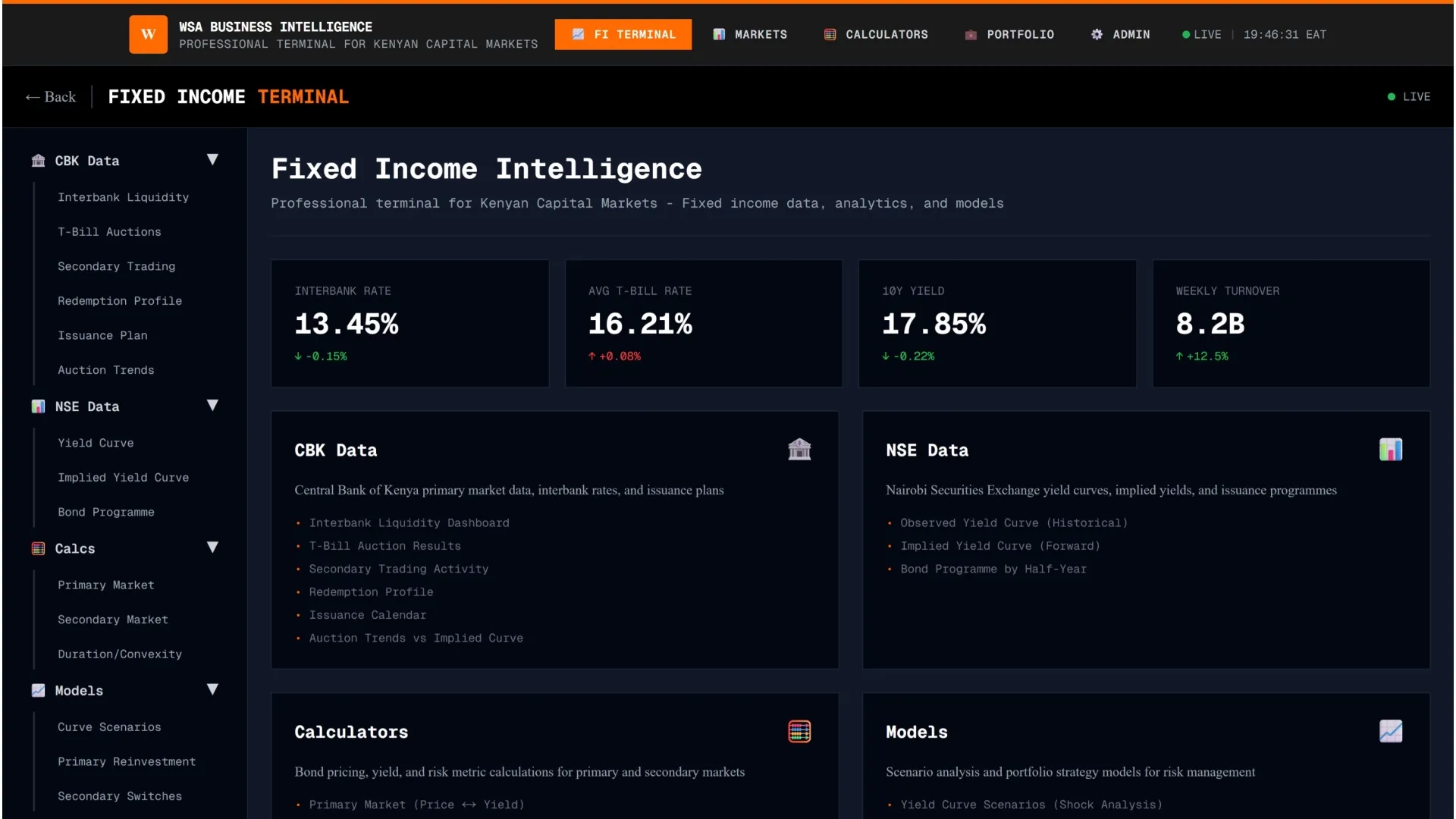In Kenya’s innovative financial space, two forces are reshaping access to credit and financial services, Microfinance and Digital Banking. Both have transformed how Kenyans save, borrow, and invest, but which one holds the future of finance?
As the country moves towards a cashless and financially inclusive economy, it’s crucial to understand how these two models work, their strengths, weaknesses, and what lies ahead. Let’s break it down.
The Role of Microfinance in Kenya
Microfinance institutions (MFIs) have been a lifeline for low-income earners, small businesses, and rural communities. Since their rise in the 1990s, they have bridged the gap left by traditional banks, providing access to credit where major financial institutions wouldn’t dare.
Why Microfinance Has Been Critical:
- •Small, accessible loans – Unlike banks, MFIs offer low-collateral loans for small business owners and farmers.
- •Group lending models – SACCOs and Chamas thrive on community-based lending, reducing default risks.
- •Financial inclusion – Microfinance institutions bring banking to unbanked and rural populations.
- •Women empowerment – Over 70% of microfinance loans in Kenya go to women entrepreneurs.
Example: Organizations like Kenya Women Microfinance Bank (KWFT) and Faulu Microfinance have empowered thousands of small-scale traders through affordable loans.
However, microfinance isn’t without its flaws.
Challenges:
- •High interest rates compared to commercial banks.
- •Limited digital transformation, making access slower.
- •Bureaucratic loan approval processes.
The Rise of Digital Banking in Kenya
With mobile penetration exceeding 90% in Kenya, digital banking has emerged as the next frontier of financial inclusion. Platforms like Loop by NCBA, KCB Vooma, and Branch have disrupted the traditional banking model, making financial services accessible from anywhere.
What’s Driving Digital Banking Growth?
- •Instant access to financial services – No need to visit a branch.
- •Automated loan approvals – AI-driven credit scoring makes lending faster.
- •Lower operational costs – Digital banks don’t have physical branches, reducing fees.
- •Seamless integration with mobile money – M-Pesa makes transactions effortless.
Example: Platforms like Yellow Card are integrating digital wallets with stablecoins, providing an alternative to traditional banking.
Challenges of Digital Banking:
- •Data privacy concerns.
- •Cybersecurity risks.
- •Limited access for non-smartphone users.
The Key Differences: Microfinance vs. Digital Banking
| Feature | Microfinance Institutions | Digital Banking |
|---|---|---|
| Loan Process | Manual, requires paperwork | Instant, AI-based approvals |
| Accessibility | Rural and underserved areas | Urban & mobile-first customers |
| Interest Rates | Generally high | Competitive & lower |
| Technology | Limited digital integration | Fully online & app-based |
| Regulation | Heavily regulated | Evolving regulatory landscape |
What’s the Future? Hybrid Banking Solutions
Rather than choosing one over the other, the future of finance in Kenya is a hybrid model.
- •MFIs are digitizing – Many microfinance institutions are integrating digital wallets and mobile banking services.
- •Digital banks are focusing on financial inclusion – Expanding services to serve rural and small-business clients.
- •Regulations will shape the future – The Central Bank of Kenya is drafting policies to govern digital banking and fintech lending.




